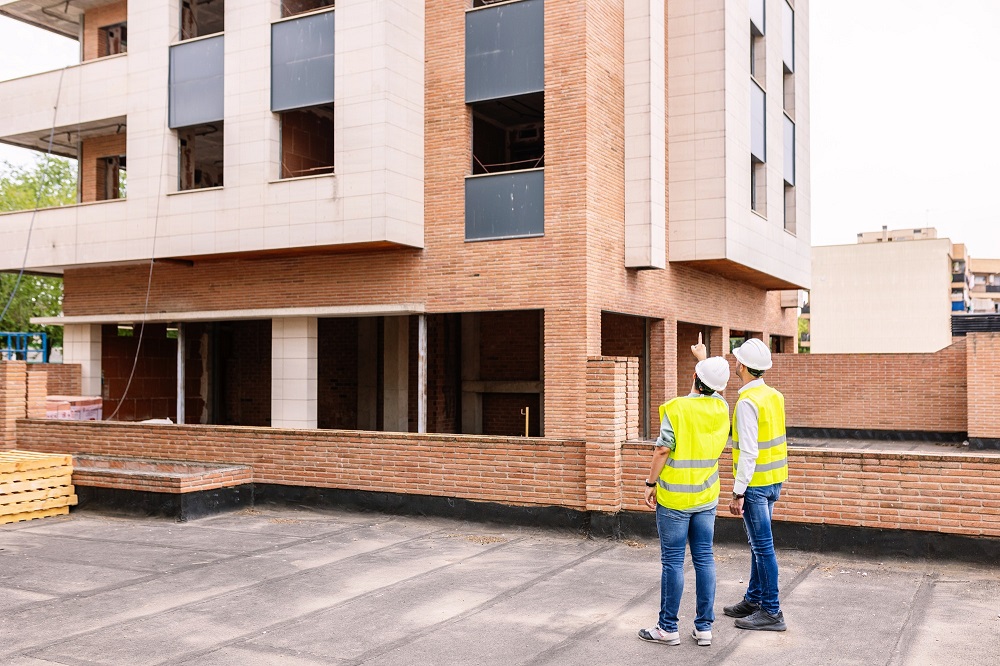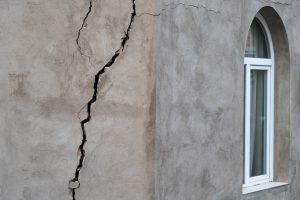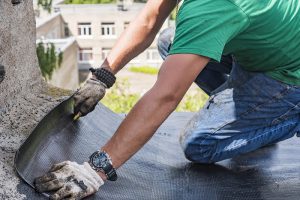As a building owner or operator, ensuring the safety and longevity of your property is a top priority. However, with the ever-increasing frequency and severity of climate-related events, such as hurricanes, floods, and wildfires, mitigating risk has become even more critical. In this blog post, we will discuss best practices for building owners and operators to minimize risk and protect their properties.
Conduct Regular Structural Inspections
One of the best ways to manage risk is to conduct regular structural inspections to identify potential weaknesses or defects in your building’s design or construction. By partnering with a company like MeliuSense, you can access advanced sensor technology and AI-powered algorithms that provide detailed reports on your building’s structural integrity. These reports can help you identify issues early and take action to mitigate potential risks.
Invest in Climate-Resilient Designs
As climate events become more frequent and severe, it is vital to invest in resilient building designs that can withstand the impact of these events. Climate-resilient design features include elevated foundations and building systems, reinforced building envelopes, and storm-resistant windows and doors.
Develop an Emergency Response Plan
Having an emergency response plan in place can help minimize potential damage and save lives during a crisis situation. Your plan should include evacuation procedures, a communication strategy with tenants and employees, and a list of emergency contacts.
Stay Up-to-Date with Building Codes and Regulations
Building codes and regulations are constantly evolving to ensure public safety and minimize risk. It is essential to stay informed of changes and updates to these codes and regulations and ensure that your building complies with them.
Implement Energy Efficiency Initiatives
Investing in energy-efficient upgrades, such as LED lighting, efficient HVAC systems, and building automation technology, can also help mitigate risk. By reducing energy consumption, you can lower your building’s carbon footprint and reduce the likelihood of equipment failure or electrical issues.
In Conclusion,
Managing risk is an essential aspect of building ownership and operation. By implementing best practices, such as conducting regular structural inspections, investing in resilient designs, developing emergency response plans, staying up-to-date with codes and regulations, and implementing energy efficiency initiatives, you can minimize the potential for damage and protect your property in the face of unavoidable emergencies. At MeliuSense, we offer advanced technology and expertise to help you mitigate risk and safeguard your buildings and structures for future generations. Contact us today to learn more about our services.





